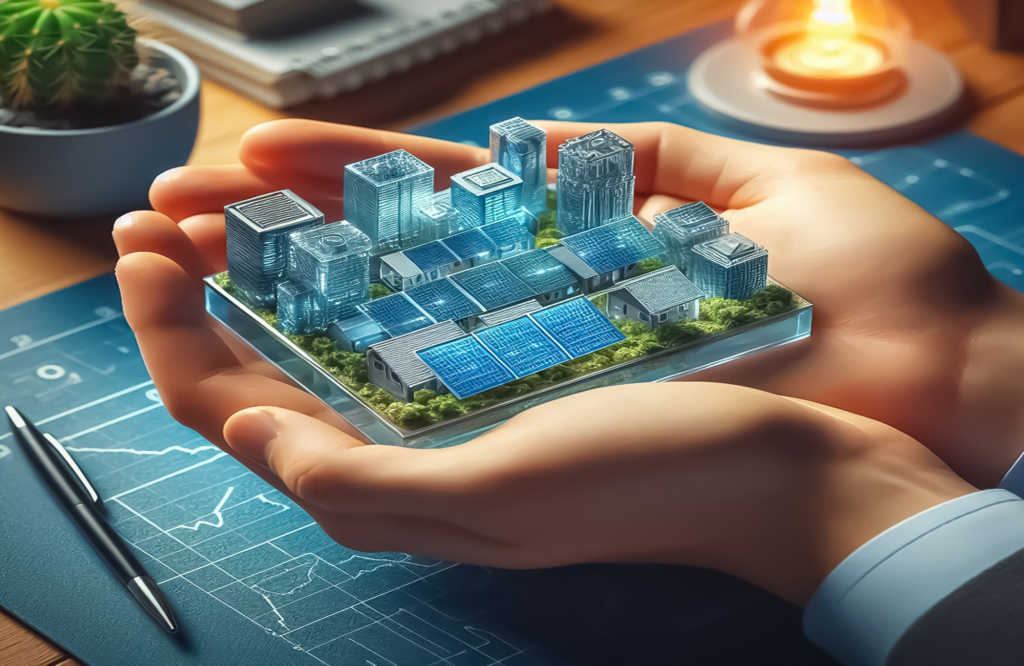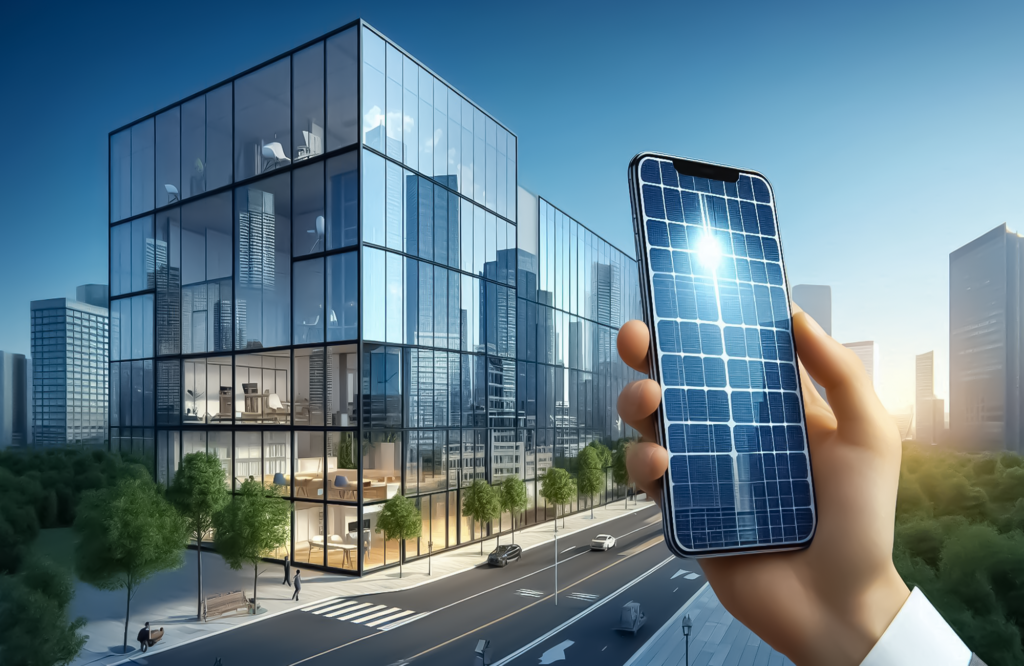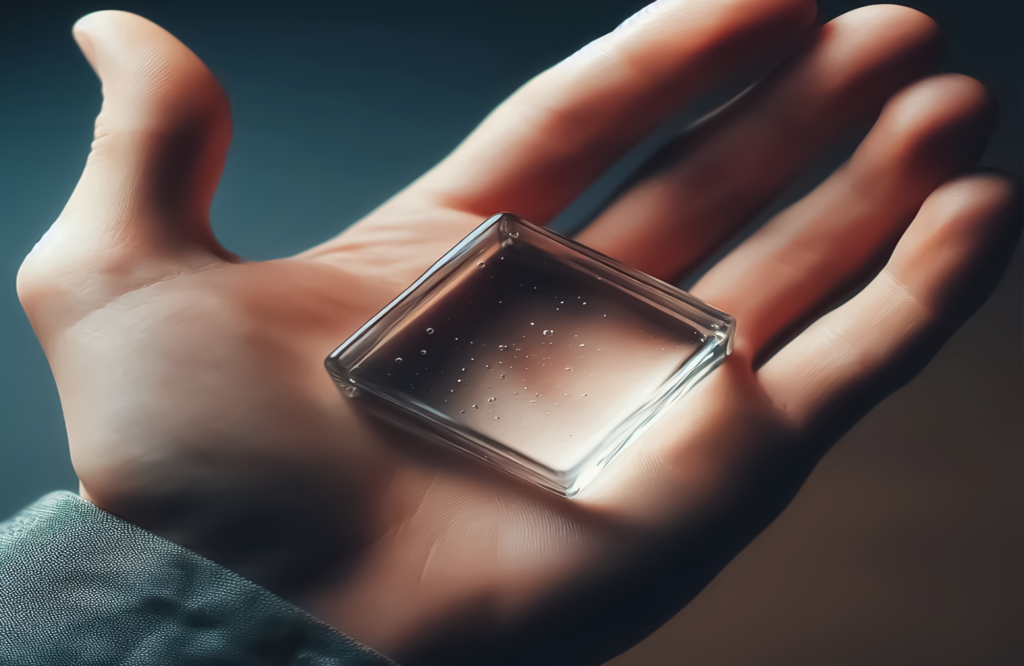Transparent Solar Panels for Modern Architecture
The advent of transparent solar panels revolutionizes the world of renewable energy.In the pursuit of sustainable energy solutions, such innovationpaves the way for a future where energy from the sun can effortlessly captured through everyday surfaces. Transparent solar panels aredesigned to integrate into windows and doors, along with any other transparent surface, transforming them into energy-producing elements without compromising their original functions.
What Are Transparent Solar Panels?
Transparent solar panels are a new discovery in the field of solar technology. Unlike traditional solar panels, which are opaque and bulky, the panels are actually see-through. This means it will sit on windows, glass doors, and other transparent surfaces, letting light through,While simultaneously capturing sunlight for energy production.
The newly designed transparent solar panels can permit light to pass through with partial capture of solar energy. They are made from organic photovoltaic materials or perovskite materials, which is more flexible and transparent than conventional silicon-based solar cells. These materials can applied in thin layers to glass, making them ideal for building-integrated photovoltaics.

Benefits of Transparent Solar Panels
The benefits of transparent solar panels are innumerable and giant. Now, we see in detail what changes they are bringing in the arena of solar energy.
- Enhanced Aesthetics and Functionality
Traditional solar panels are designed en masse and in opacity, normally making for buildings that are less visually appealing. Transparent solar panels will easily integrate into windows and glass surfaces, maintaining the aesthetic appeal of architectural designs. They allow for uninterrupted views and natural light; hence, they are very ideal for modern buildings where aesthetic appeal and energy efficiency are of equal importance. - More Energy Generation Possible
One of the biggest surprises about transparent solar systems is their ability to turn existing surfaces into power generators. Windows and glass doors, once passive elements, can now contribute to a building’s energy needs. This allows large buildings, skyscrapers, and homes to generate more energy without requiring extra rooftop space. - Diverse Applications
Transparent solar panels would not only applicable to the traditional rooftop installations but could also applied in many other areas. The devices could installed in the following:- Windows: Large glass windows in commercial and residential buildings can incorporate transparent solar panels. That would enable the generation of energy while still maintaining natural light and views.
- Glass Doors: Doors with complete glass faces can have transparent solar panels integrated, thereby enabling energy generation but without an adverse effect on the functionality of the door.
Skylights: Skylights can be fitted with glass skylights that have fitted Crystal clear solar panels to accumulate sunlight from above. This can help in generating energy while lighting up indoors.
Facades: Transparent solar panels can integrated into building facades, hence integrating renewable energy solutions into the exterior building design.
- Environmental Impact The environmental benefits of solar panels are huge. By putting these panels on already existing glass surfaces, one can improve energy efficiency in buildings by great degrees. This saves the consumption of non-renewable energy and cuts down greenhouse gas emissions. Further, the application of transparent solar panels reduces the urban heat island effect through the reduction of heat transfer from glass surfaces, which helps in environmental sustainability.
- Technological Improvement
The emergence of transparent solar panels signifies one of the most gigantic strides taken by photovoltaic technology. Knowledge in materials science and engineering has enabled the fabrication of highly efficient and durable solar panels. Because of such improvements, there is an increase in energy conversion efficiency and also performance under varying lighting conditions. In addition, with the continuous development of this technology, it is expected that in the future, solar panels will be more efficient as well as cost-effective.

How Transparent Solar Panels stack up against Traditional Solar Panels
How different these solar panels are from the traditional ones shows different merits. To this regard, here is a comparison:
- Design and Aesthetics
Traditional solar panels are rigid, large, and opaque. These devices are typically mounted on rooftops or other external surfaces, which can impact the building’s appearance.Transparent solar systems are integrated into existing glass surfaces. This will make it possible for integration to appear and blend flawlessly into an architectural design, ensuring preservation in the aesthetics of the building. - Installation
Conventional installation of solar panels requires major structural modifications, such as the installation of mounting frames and brackets. Transparent photovoltaic panels can installed on existing glass surfaces without much modification. This makes them even more flexible and less invasive options to integrate into buildings for energy generation via solar energy. - Energy Efficiency
While traditional solar panels boast high energy conversion efficiencies, transparent solar panels have traditionally been less efficient. That is, until recently, while progress has made in materials and technology to help improve performance. Maybe not quite as efficient as their nontransparent relatives, yet the advantage of being able to integrate them into a wider array of surfaces compensates for this difference via overall energy generation potential. - Applications
Traditional solar panels are normally confined to roofs or stand-alone solar farms. Applications of transparent photovoltaic panels range from serving as windows, glass doors, and building facades, thus opening new opportunities for harnessing solar energy in urban and residential contexts.

Case Studies and Real-World Applications
There have been several pioneering projects across the globe that have demonstrated practical applications for transparent solar panels. A few notable examples are as follows:
- The Edge in Amsterdam
The Edge is an office building in Amsterdam in which the glass faade is integrated with crystal clear solar panels. This allows the structure to generate solar energy without necessarily compromising its modernist appeal. As a matter of fact, the energy-efficient design of the building has secured it a place among the most sustainable office buildings in the world. - The Solar Skyscraper in Tokyo
Tokyo’s Solar Skyscraper integrates transparent solar system into its glass facade. The panels are placed on major share of the energy requirements in building and allow natural light to reach inside the building. As a result of this, the feature will make energy-efficient and architectural contributions to the building. - Research Institutions and Universities
This is the potential of transparent solar system which many research institutions and universities are researching. For instance, researchers at MIT and Stanford University have been working on prototype transparent solar panels with improved efficiencies. With such development on the way, future innovations and commercial applications of transparent solar technology are getting brighter.

Future Prospects and Challenges
With current research and development, the future of transparent solar panels seems bright, yet it is still leading to much advancement of the technology. However, there are a few disadvantages that must overcome:
1. Cost
Currently, transparent solar system remain more expensive than the traditional ones. As production methods improve and economies of scale are achieved, the cost of transparent solar panels should decrease, making them more accessible for widespread use.
While the Crystal clear solar panels have enjoyed efficiency improvement, for higher output, there is need for more research. Because of this challenge, there will be the need for continuous innovation of more materials and technologies.
3. Durability
Long-term durability and reliability, therefore, hold the key to successful implementation. Material and manufacturing process research is likely to be vital for such things as life expectancy and maintenance.
Conclusion
These panels tear down previous notions about where solar energy could come from.Installing transparent solar panels in windows, doors, and other surfaces allows us to harness solar power without affecting the aesthetics or functionality of buildings. Their sleek design, high energy generation, and versatile application make them a key player in the future of renewable energy. As the world achieves a more sustainable and energy-efficient life, clear solar panels will be seeing incremental employment. Watch this space for periodic coverage on new solar technologies and their contribution to the future of Renewable Energy.




